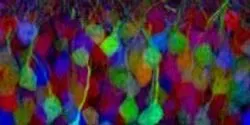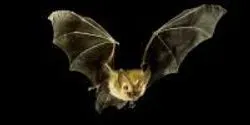Biology

A new Iowa State University study focusing on insulin signaling uncovered surprising genetic diversity across reptiles, birds and mammals.

Scientists at McMaster University have discovered how to make adult sensory neurons from human patients simply by having them roll up their sleeve and providing a blood sample.

Losses of managed honey bee colonies were 23.1 percent for the 2014-2015 winter but summer losses exceeded winter numbers for the first time, making annual losses for the year 42.1 percent, according to preliminary results of the annual survey conducted by the Bee Informed Partnership (http://beeinformed.org), the U.S. Department of Agriculture (USDA) and the Apiary Inspectors of America.

Chewing, breathing, and other regular bodily functions that we undertake “without thinking” actually do require the involvement of our brain, but the question of how the brain programs such regular functions intrigues scientists. A team lead by Arlette Kolta, a professor at the University of Montreal's Faculty of Dentistry, has shown that astrocytes play a key role.

A family of proteins known as histones provides support and structure to DNA, but for years, scientists have been puzzling over occasional outliers among these histones, which appear to exist for specific, but often mysterious reasons. Now, researchers have uncovered a new purpose for one such histone variant: preventing genetic mutations by keeping certain so-called “jumping genes” in place.

An international team of researchers has sequenced the nearly complete genome of two Siberian woolly mammoths—revealing the most complete picture to date—including new information about the species’ evolutionary history and the conditions that led to its mass extinction at the end of the Ice Age.














